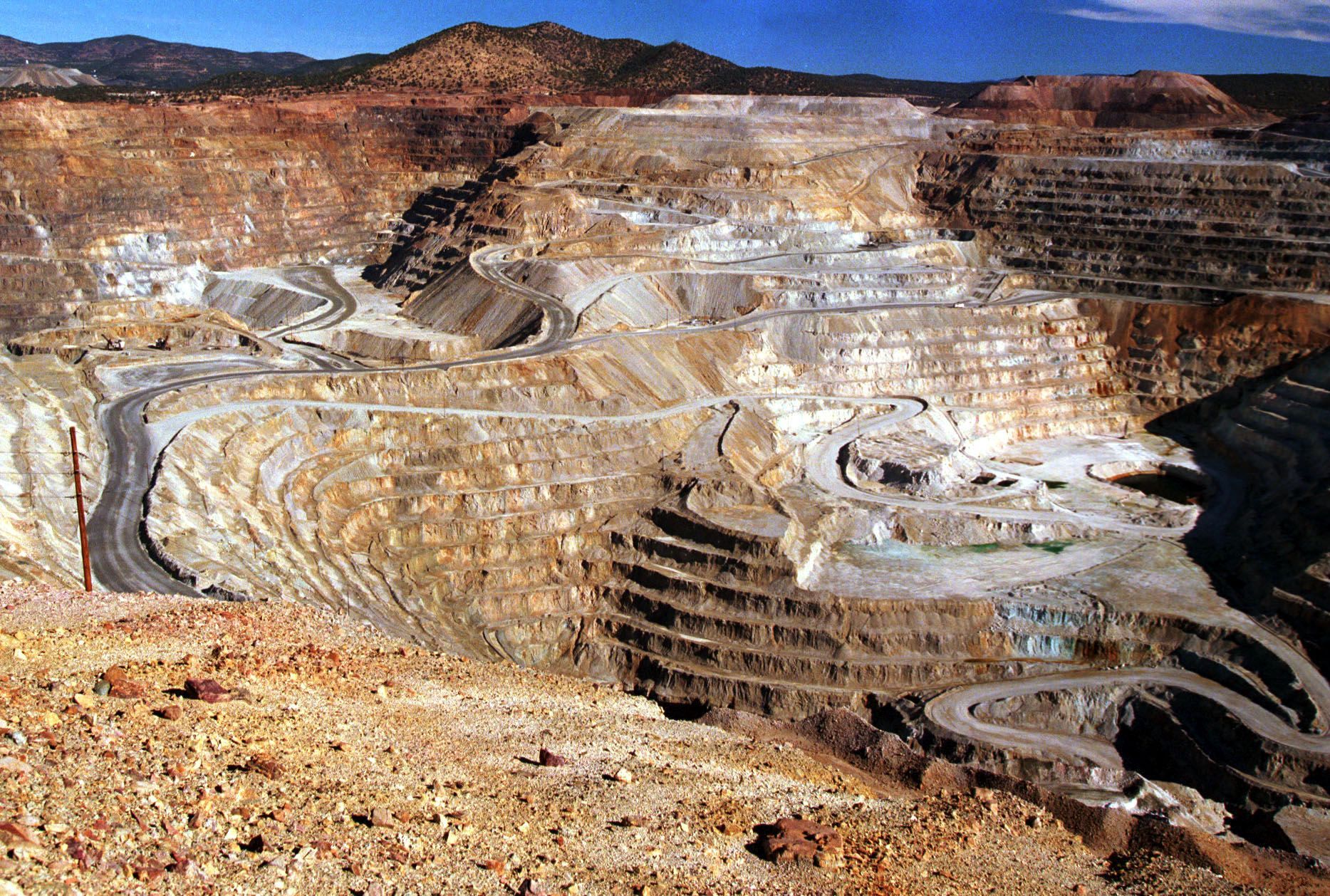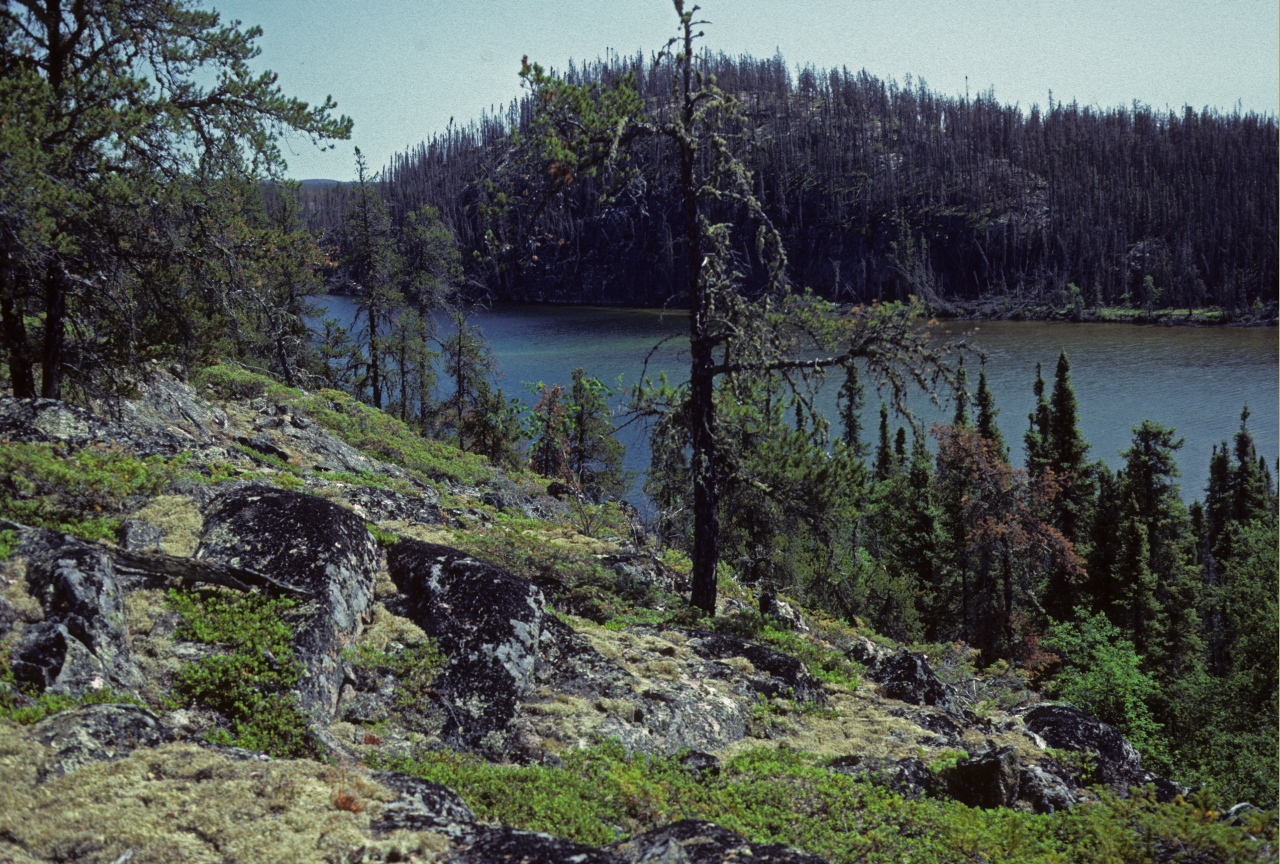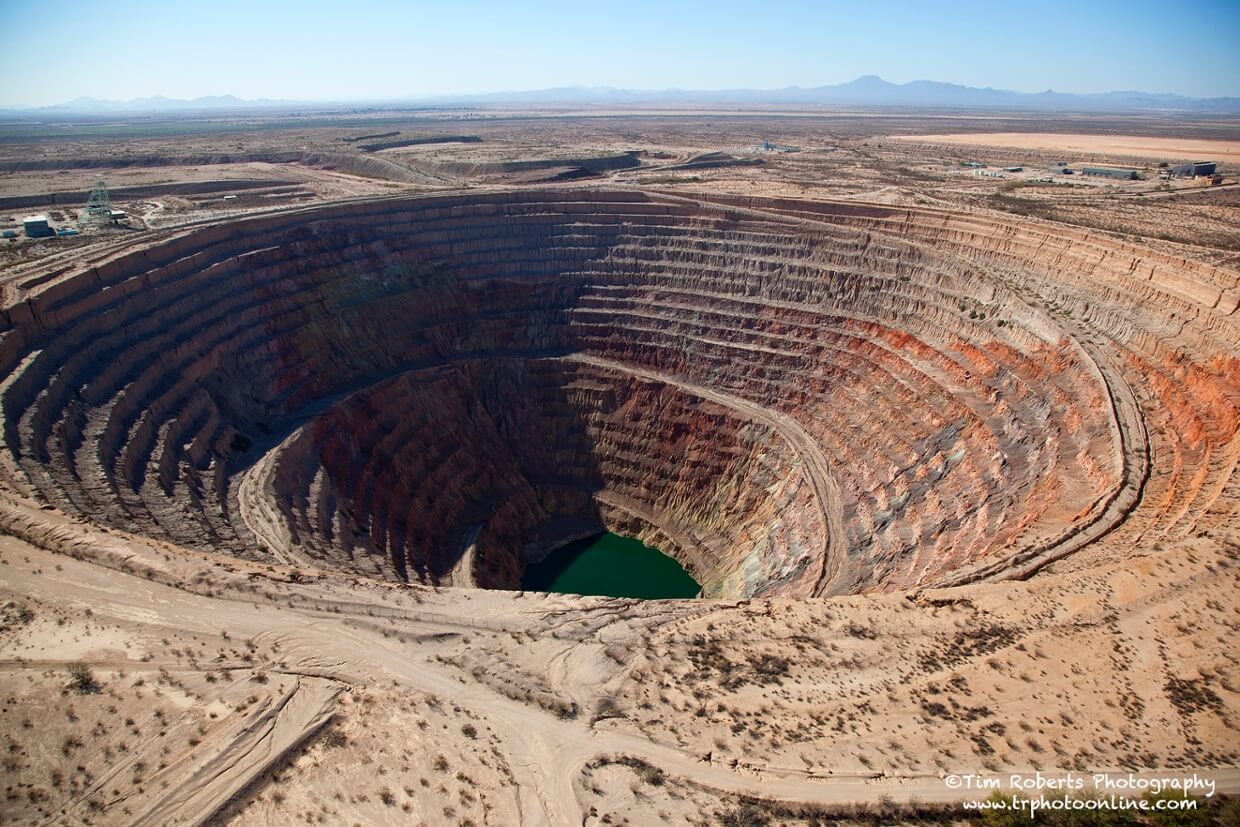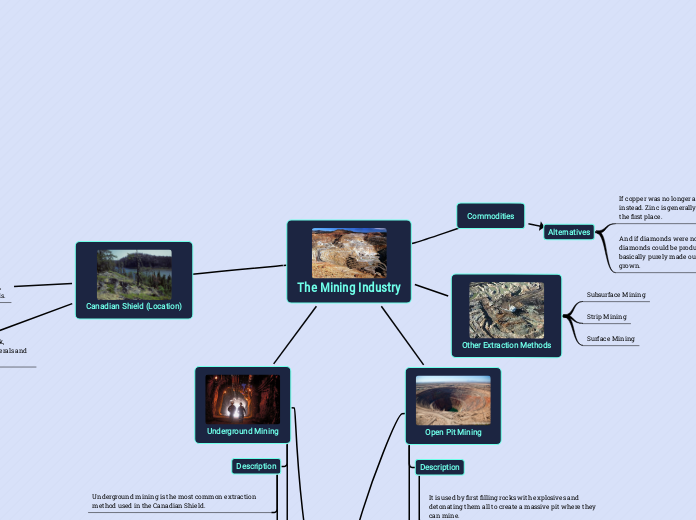
The Mining Industry

Canadian Shield (Location)
Some of their commonly mined resources include gold, silver, copper, zinc, nickel, iron, uranium, and diamonds.
The Canadian Shield is mostly made out of rock, meaning that it is a prone spot for mining minerals and other underground resources.
Commodities
Alternatives
If copper was no longer available, zinc could be used instead. Zinc is generally more reactive than copper in the first place.
And if diamonds were no longer available, artificial diamonds could be produced instead. Diamonds are basically purely made out of carbon so they can be lab grown.

Underground Mining
Description
Underground mining is the most common extraction method used in the Canadian Shield.
First inclined tunnels are built that lead down to the ore deposit, next they build horizontal tunnels around the ore to provide further access to the ore. They then blast it using explosives.
Impacts
Harm against natural wildlife, in the process of mining they can damage habitats and cause sinkholes if proper precautions arent taken. The damage to the animals' habitats usually result in a decrease of bio-diversity in the area.
The environment is also harmed by waste piles. After all the mining, they usually clean up the mine by transferring all the rock to the surface but this usually does result in a big pile of rock and other debris. Some of this can accidentally pollute the water or even just be dumped in the middle of the environment, usually they take no effort to clean it afterwards and just neglect the big pile.

Open Pit Mining
Description
It is used by first filling rocks with explosives and detonating them all to create a massive pit where they can mine.
Impacts
One big impact is debris, the initial explosion can send debris flying. The launched debris can land in an animals’ habitat or even hit animals or other wildlife.
The explosion can send dust up in the air, polluting the air and maybe even the water.
Other Extraction Methods
Subsurface Mining
Strip Mining
Surface Mining
Which Method Is More Sustainable?
Underground mining
Underground mining is the most sustainable because it creates less of an environmental footprint. Open pit mining usually creates lots of debris from the initial blast, this causes habitats to be destroyed and also results in lots of land, water, and air pollution. Underground mining on the other hand is more localized underground, and when they do have to bring piles of debris up, it is usually very controlled and wont end up in a water supply or in the air.
